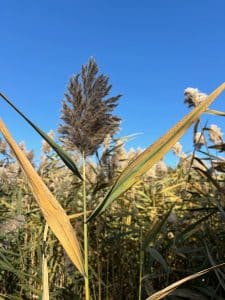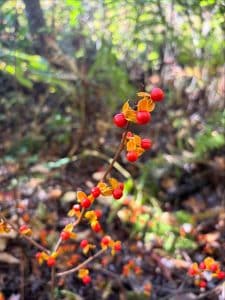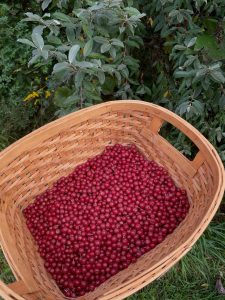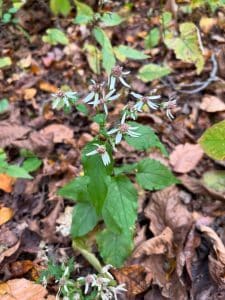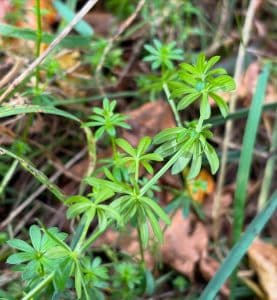Page Created by Connecticut Foraging Club
Upcoming Events | Meet the Instructors | Plant Archive | Mushroom Archive
----------------
Upcoming Events | Meet the Instructors | Plant Archive | Mushroom Archive
----------------
Purslane (Portulaca oleracea) is a non-native annual succulent with edible and medicinal uses.
Purslane can be found in disturbed areas such as gardens and yards.
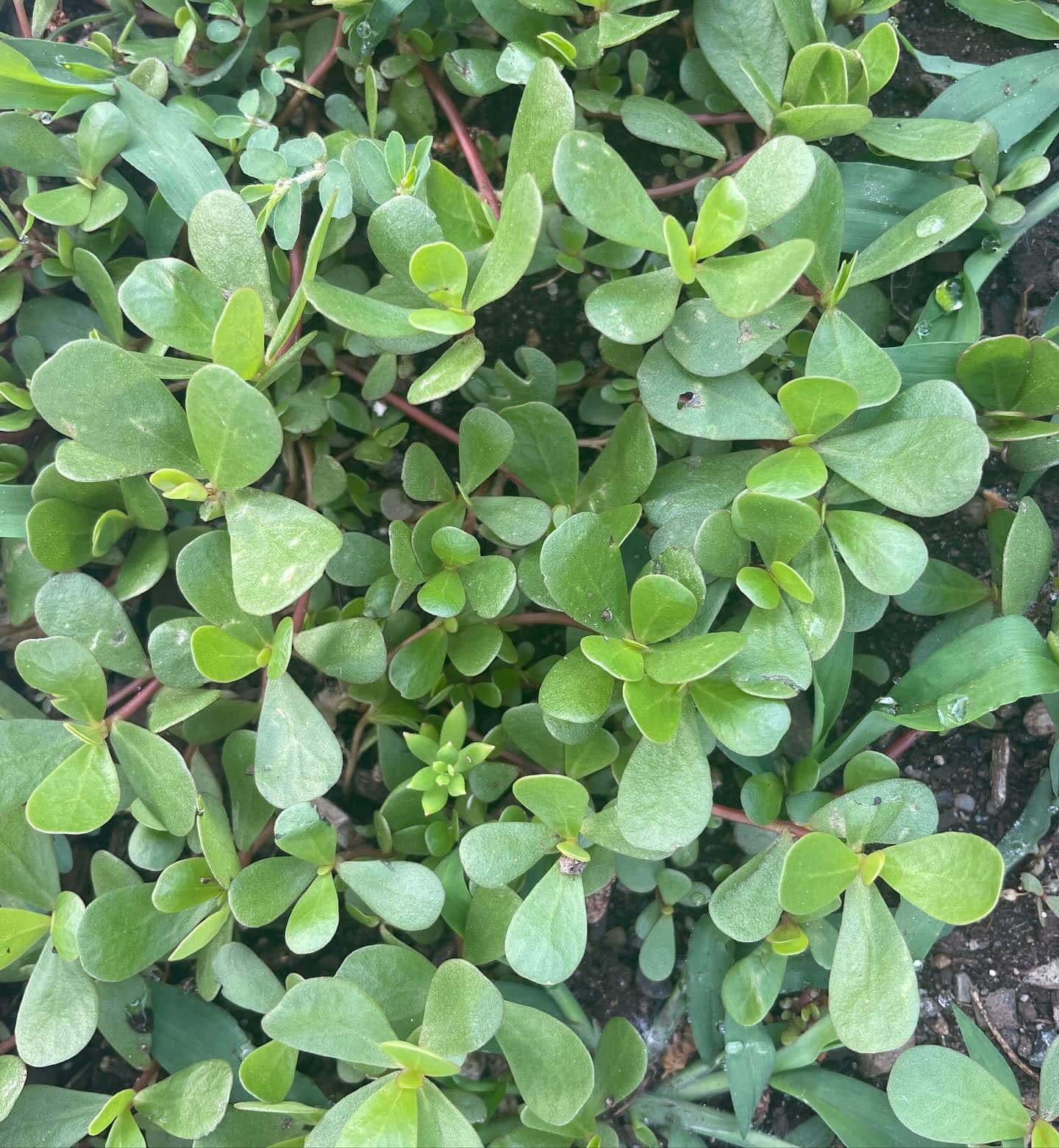
Purslane grows from a central taproot and stays low to the ground. Stems are thick and succulent. They can be reddish or green. Leaves are alternate and spatula shaped. Flowers are small and yellow.
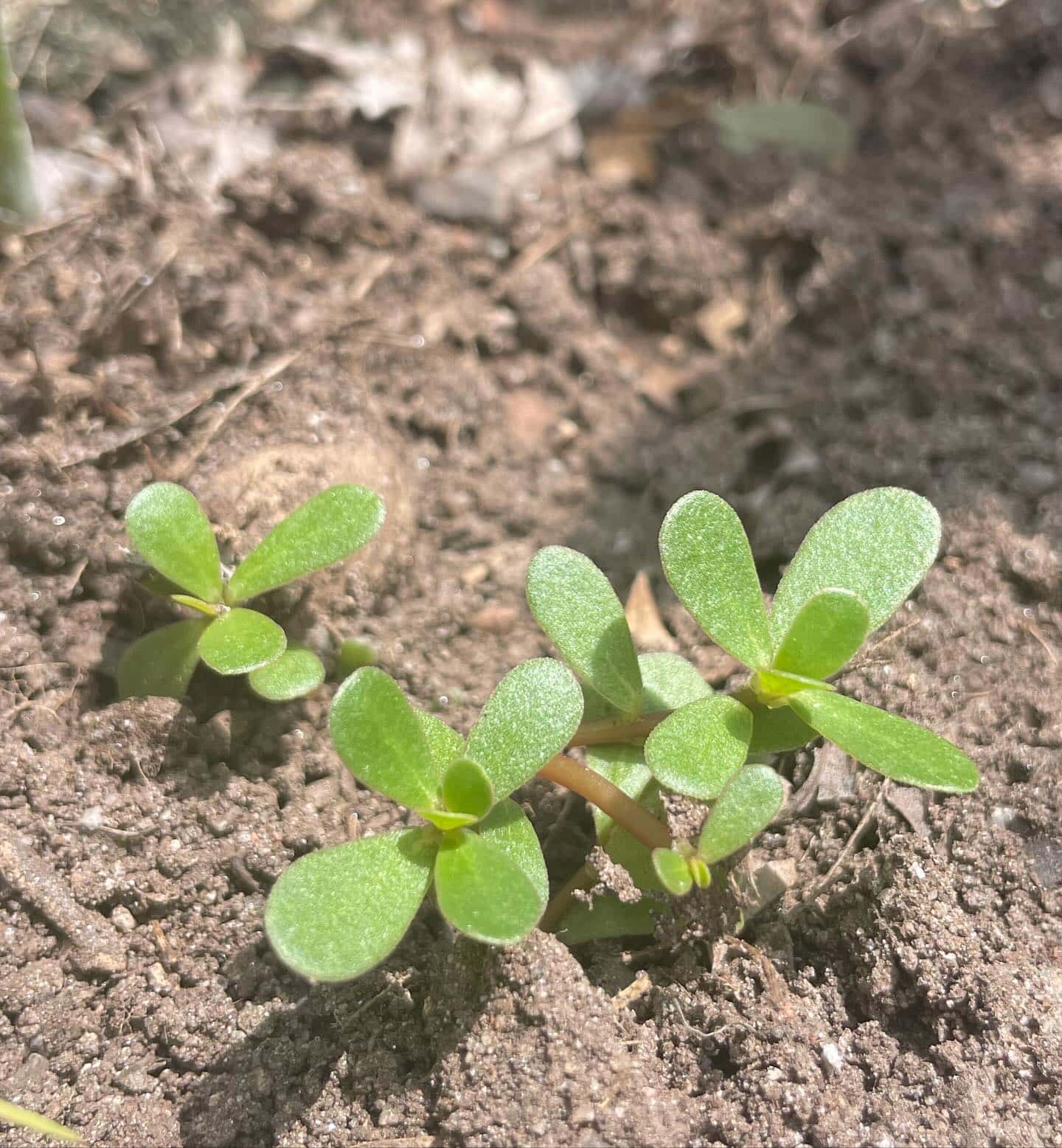
Purslane must be differentiated from potentially deadly spurges (Euphorbia spp.) which are not succulents. Spurges will have thinner leaves which grow in opposite pairs. The stem produces a sticky white latex when broken.
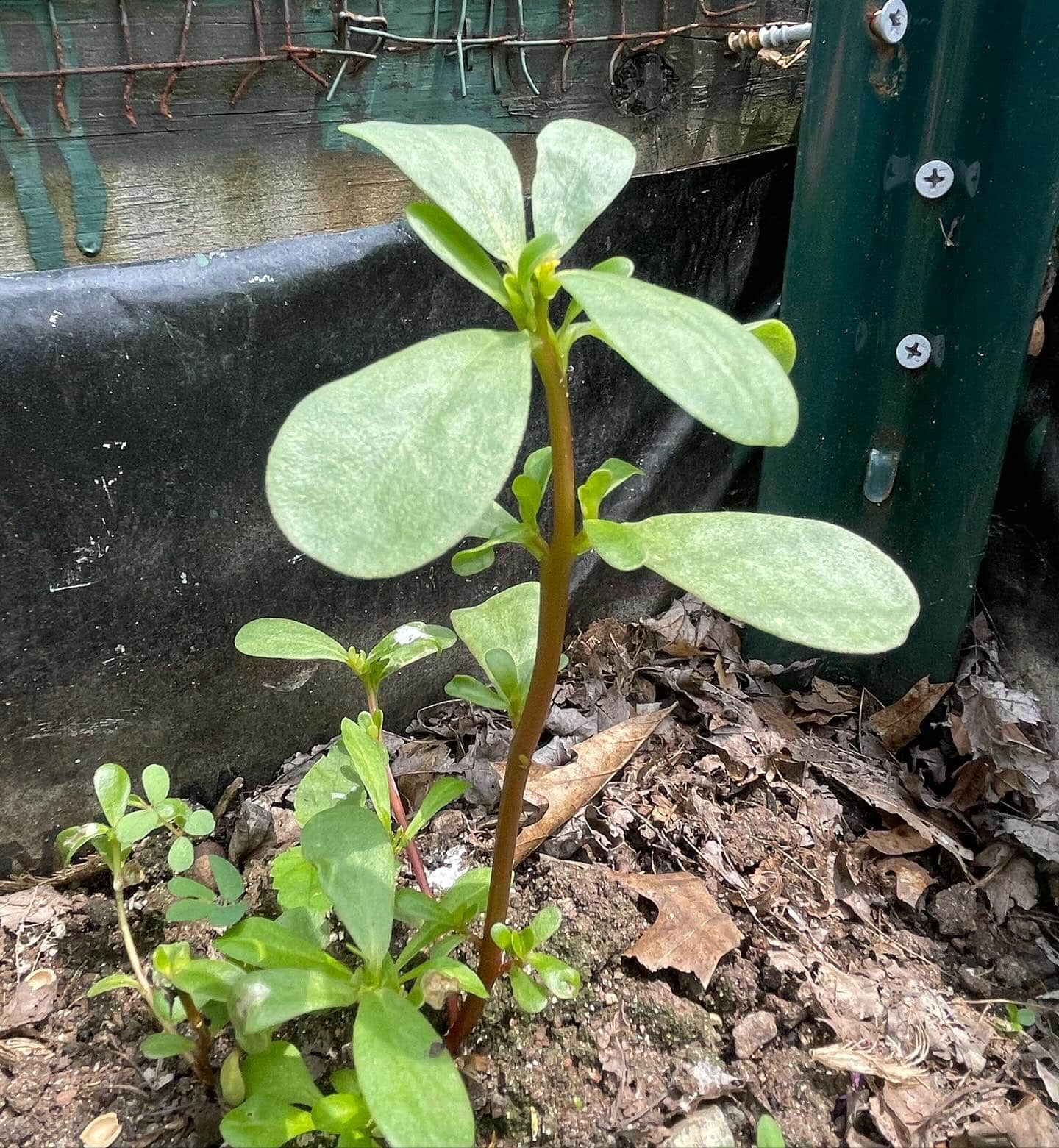
Young purslane stems and leaves taste like succulent baby spinach with a mild sourness. The crisp leaves work well in a salad but can also be cooked and added to soups or sauces.
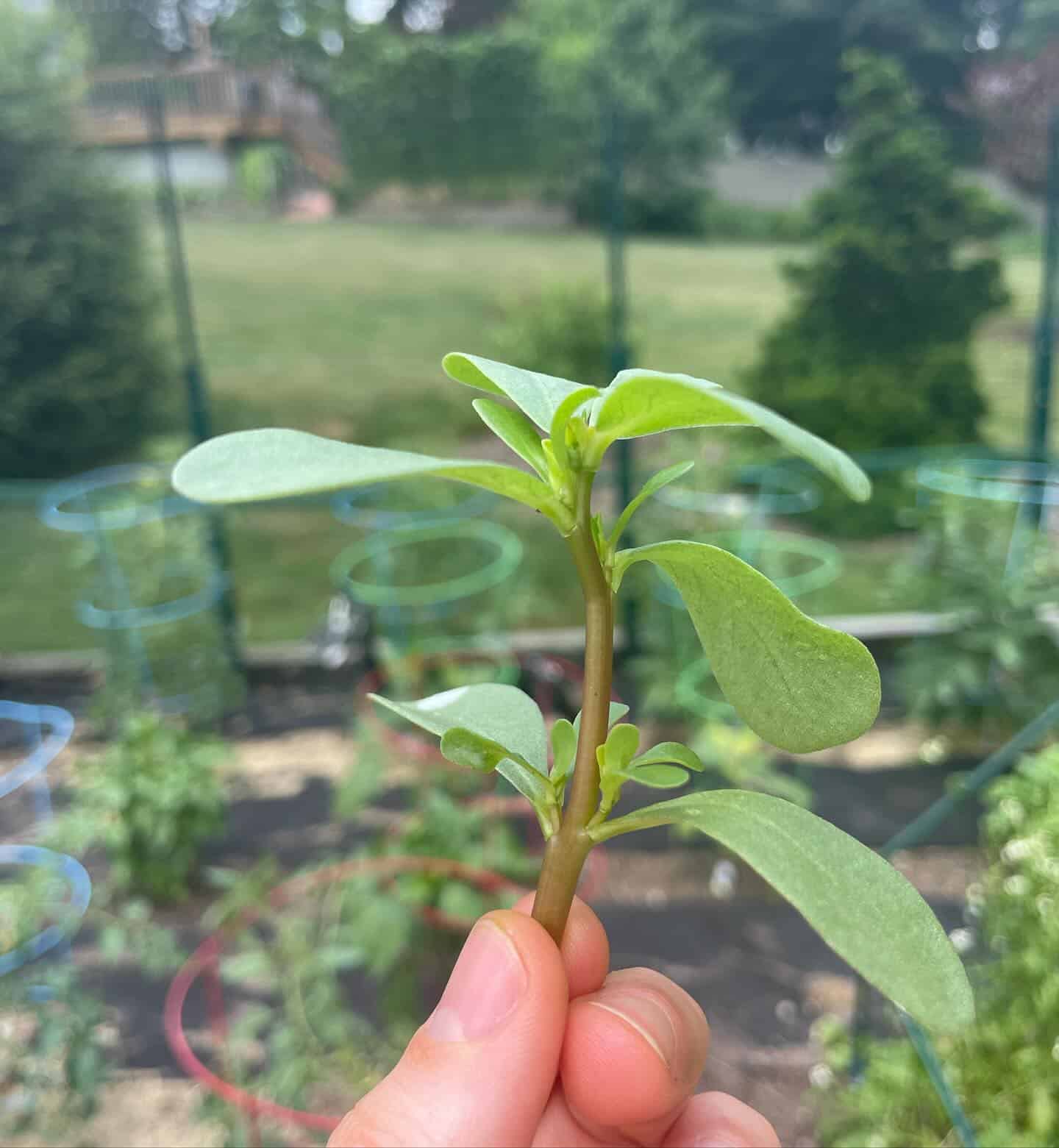
Purslane is a nutrient powerhouse with more omega 3’s than any other known plant. It has more protein and iron than any cultivated vegetable. It is also high in magnesium, vitamin A, vitamin E, potassium, and calcium.
--
Written by Amy Demers, founder of the Connecticut Foraging Club. To learn more about foraging in Connecticut, check out our upcoming classes.


